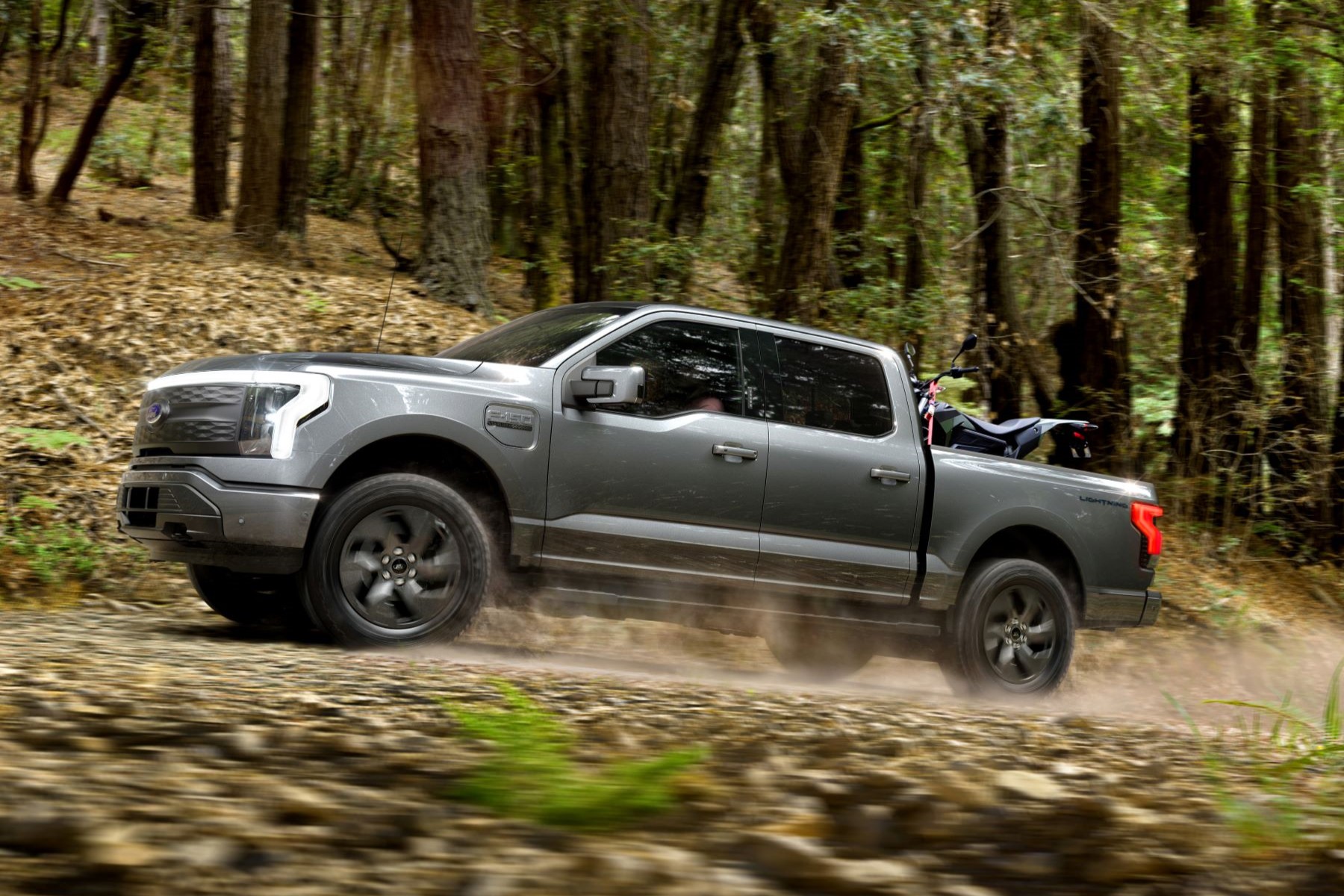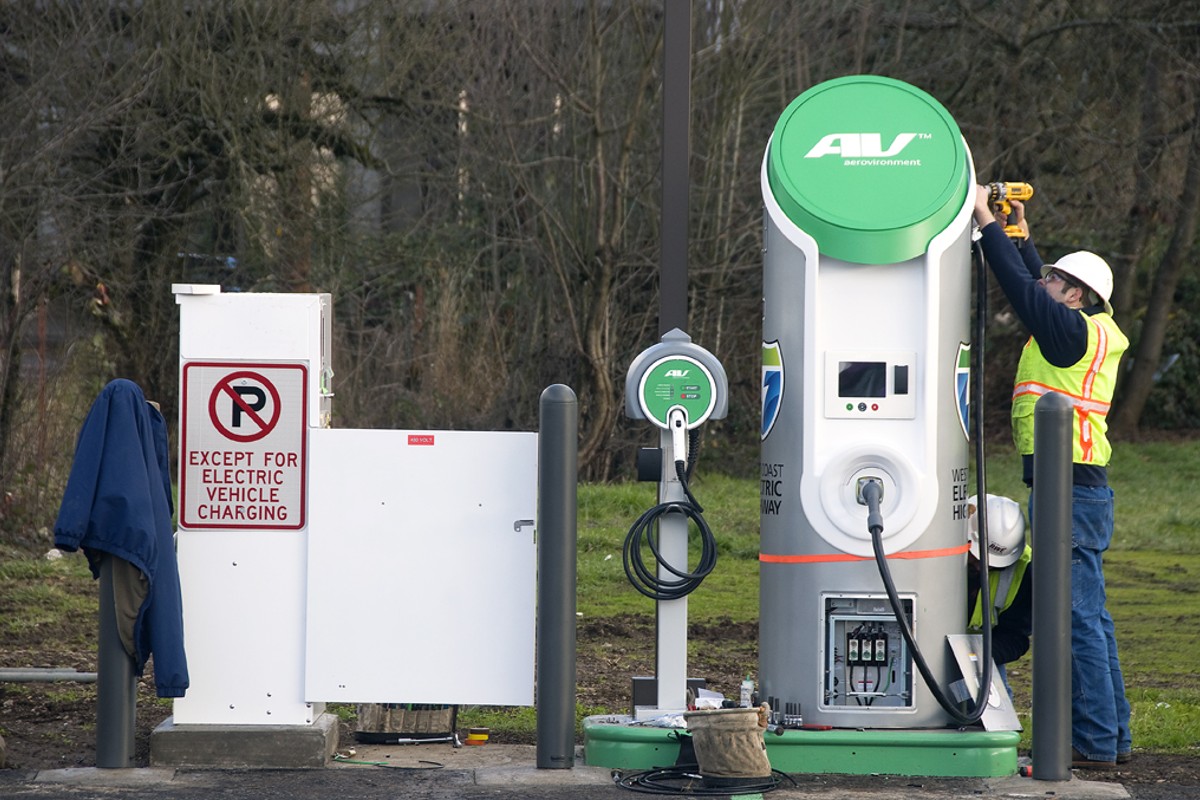
Even by EV standards, the Ford F-150 Lightning is pretty feature-packed — it can even power your house during an outage. But since 2020, one glaring omission may have irked F-150 owners who also happen to be partial to Apple’s products. Despite the feature existing for a few years, Ford’s big electric truck does not have Apple Maps’ “EV Routing” feature. This will soon change, and it is likely to make life a little easier for owners of Ford’s premier electric truck. The F-150 is the latest Ford vehicle to get the feature after the Mustang Mach E received it last year.
On the face of it, EV routing is a simple feature. It looks at your car’s battery level and gives you some suggested charging options to help you optimize your trip. But if you dig into it, it’s a lot more complex than that. It uses things like the weight and other specs of your vehicle, your driving style, and the topographic data of the route you have entered to estimate how long your vehicle’s charge will last with a greater degree of accuracy. This complexity may explain the slower speed of the rollout.
Other features include the tool’s ability to provide you with real-time charging station availability information, so it won’t route you to a charger that is broken or occupied. It will also redirect you to a reachable charging station should your battery be too low to hit a charging point on your direct route. EV routing is available on select vehicles (like the F-150 Lightning) and can be set up through your vehicle manufacturer’s App or Apple Car Play.

EV routing helps, but infrastructure is still an issue
Apple Maps’ EV Routing feature is particularly handy due to the current state of long-distance EV travel. Arguably, charging time isn’t the major issue it was. With a level-3 charger, hundreds of miles of range can be added to a battery in minutes. There is a reasonable argument that you should be taking a 20-30-minute break every few hundred miles anyway, and the combination of range and charging time on higher-end vehicles ties in perfectly with that.
The main problem with long-distance EV travel is the number of chargers and how many chargers are actually in working order. Of the roughly 147,000 public charging stations operating in the U.S., only 20,000 are “Level-3.” The rest are Level 2 and take significantly longer to charge a vehicle. While many of the available Level 3 chargers have been strategically placed along the most popular highways and interstates in an attempt to create “EV Corridors,” a long-distance EV trip still requires meticulous planning.
EV routing, and similar features, remove the need for that planning. Add in Ford’s recent deal with Tesla, and the 17,000 or so high-speed charging stations that deal will soon make available to F-150 Lightning owners, and you could argue that EVs are rapidly becoming more practical. Or certain EVs are, anyway.



